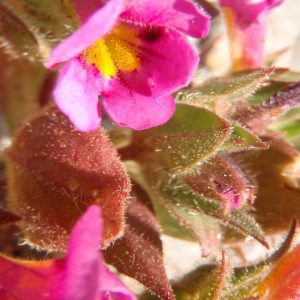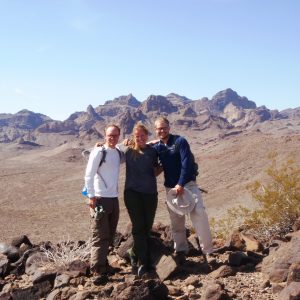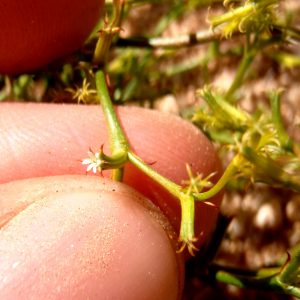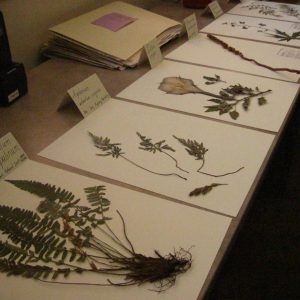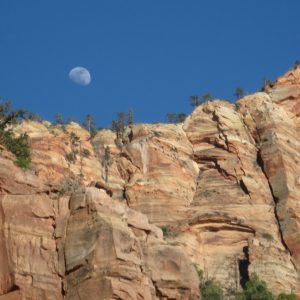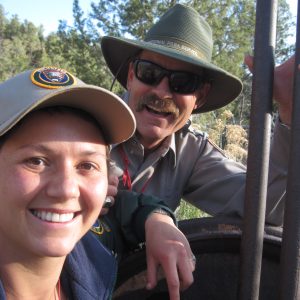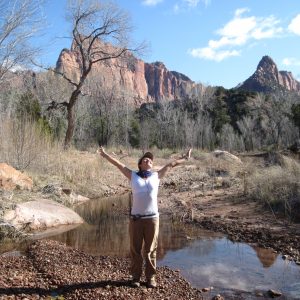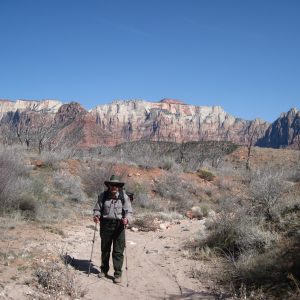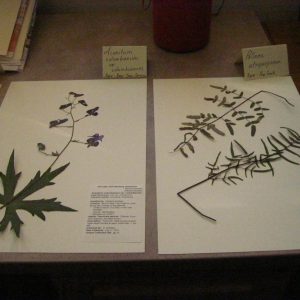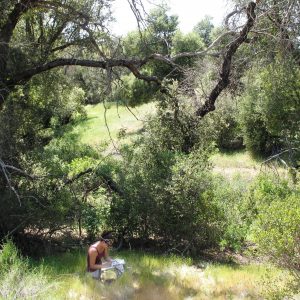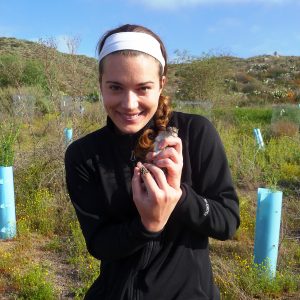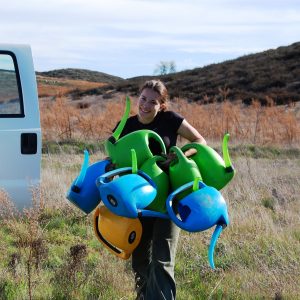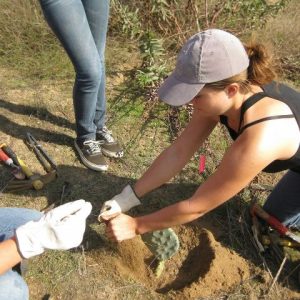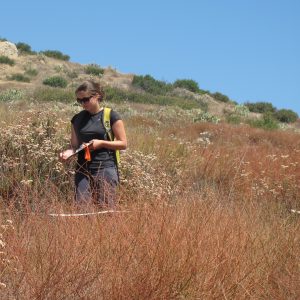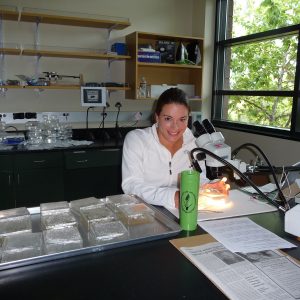This has been amazing. I was recently involved with Springs Preserve plant sale. It was fun to man a both and put a salespersons cap on for a bit (I am more suited for field work, I think). I just keep gaining new experiences and meeting new wonderful people. Allison and I have been going out to monitor our different field sites, but the dry winter hasn’t help. We got some rain in the Mojave this weekend and maybe we will get lucky.
We recently took a trip in the field with Great Basin Institute interns to help collect some juniper berries. It was a great learning experience to see exactly how the different forms were filled out as well as all of the steps involved in with the SOS program. I am looking forward to the official training next week at Red Rock.
On a personal note, this area is awesome. I have been to Red Rock, Zion, Valley of Fire, and I am taking a trip to San Diego next week to see the Phils. I would have never had the opportunity to do so much in such a short amount of time if not for this program. I hope and expect to keep learning and gaining new experience each week.
P.S. GO FLYERS

